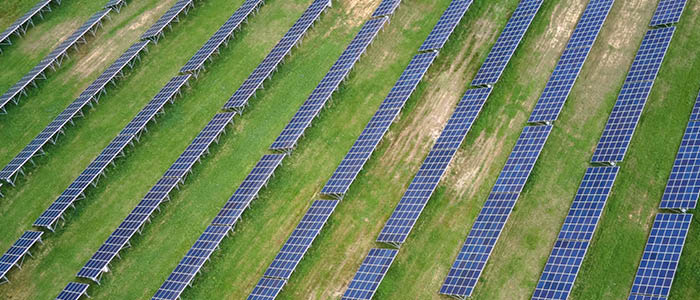Climate change and sustainability have become trending issues in Russia with the government encouraging “green” projects. The Russian authorities have been steadily implementing legal acts confirming Russia’s commitment to high standards of energy efficiency and setting out practical steps to be undertaken to achieve these. In this article we summarize the most notable developments and most anticipated legal acts in the sphere.
Electricity Production in Bulgaria Affected by the Pandemic
The main concern in the energy sector in Bulgaria, as in the rest of the EU, has shifted from constantly-increasing electricity prices to a significant drop in those prices during the pandemic. The Independent Bulgarian Energy Exchange (IBEX) reported the lowest prices in Europe – from below EUR 4/MWh to approximately EUR 12/MWh – for the day ahead market during the first weekend of April. Although these record-breaking figures have not stayed constant, the reduction of electricity consumption in the industry sector is still prolonging the trend, which is obviously here to stay. Electricity prices from approximately EUR 14 to EUR 35 for the first week of May are still way below the weighted average price of EUR 48.64/MWh for the day ahead market for 2019.
Future of Energy in the Czech Republic - Legal Prospects
The EU has been preparing for a substantial transition of its energy sector to address the urgency of climate change. The Czech Republic has proposed raising the share of its renewable energy sources (RES) in the gross final energy consumption from the current 15% (approximately) to 22% by 2030 to contribute to the EU-wide goal of obtaining 32% of gross final energy consumption from RES by the same year. This means there will be a focus on developing RES in the Czech Republic, and the Czech government also plans to substantially strengthen the role of nuclear energy while allowing the coal-fired energy to decline.
Hungary: The Results of the First METAR Tender
In March, 2020, the Hungarian Energy and Public Utility Regulatory Authority (HEPURA) published the official results of the first tender procedure of the Hungarian Renewable Energy Support System (METAR), in which bidders were encouraged to apply for state subsidies in (i) power plants between 0.3 MW and 1 MW capacity (the “Small Category”) and (ii) power plants between 1 MW and 20 MW capacity (the “Large Category”).
Ukrainian Renewables Sector – Liquidity Crisis
In recent years, international and local investors have been extremely active in the Ukrainian renewables sector – particularly in solar and wind projects – resulting in a significant amount of project finance and M&A activity in this sector.
Kosovo: Energy Matters in Kosovo
The energy infrastructure in Kosovo has not undergone major change over the past few decades. Due to high reserves of lignite, 97% of Kosovo’s electricity generation comes from two aging coal power plants. Unfortunately, lignite-coal of the kind found in Kosovo is among the most polluting and least efficient sources of energy. Consequently, Kosovo’s infrastructure is outdated and a major source of air pollution.
Overview on Ukraine's Readiness for a New Electricity Market
Ukraine’s international obligations regarding reform of the country’s electricity market are determined by the Treaty establishing the Energy Community and the Association Agreement between Ukraine and the European Union, the European Atomic Energy Community, and their member states.






























